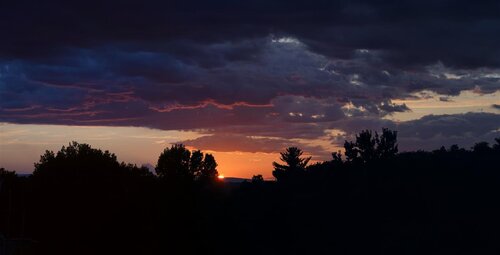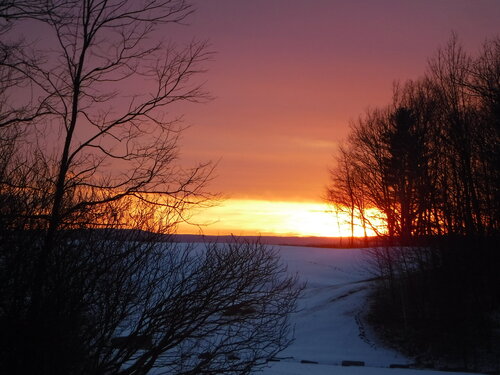Mike Vetter
Enthusiast
- Joined
- Mar 1, 2010
- Messages
- 5
Any opinions on the best photography setup for storm chasing?
It looks like our best option right now is the Sony A7S: http://store.sony.com/a7s-full-fram...CE7S/B/cat-27-catid-all-alpha-interchangeable
Why? Taking photos of storms usually involves low/bad light situations. This camera performs insanely well in low light situations: https://fstoppers.com/bts/short-film-moonlight-shows-extreme-low-light-capabilities-sony-a7s-38014
The downside: this camera will cost you some coin - $2500 for the body and another $1k for a good lens.
Thoughts?
-Mike
It looks like our best option right now is the Sony A7S: http://store.sony.com/a7s-full-fram...CE7S/B/cat-27-catid-all-alpha-interchangeable
Why? Taking photos of storms usually involves low/bad light situations. This camera performs insanely well in low light situations: https://fstoppers.com/bts/short-film-moonlight-shows-extreme-low-light-capabilities-sony-a7s-38014
The downside: this camera will cost you some coin - $2500 for the body and another $1k for a good lens.
Thoughts?
-Mike




